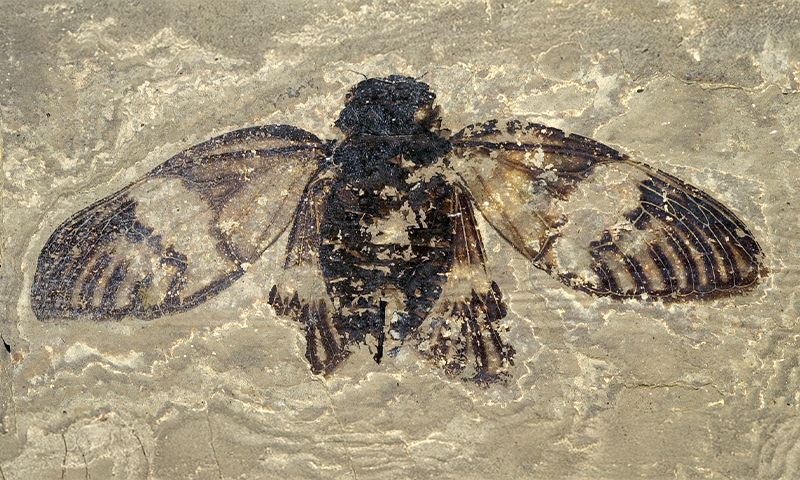Now Reading: Rare Cicada Fossil Discovery Unveiled
-
01
Rare Cicada Fossil Discovery Unveiled
Rare Cicada Fossil Discovery Unveiled

Quick Summary
- A 47-million-year-old cicada fossil was discovered in Germany, filling a gap in the Eocene fossil record (56-34 million years ago).
- The fossil belongs to a newly described species,Eoplatypleura messelensis,one of the oldest known Eurasian cicadas.
- The wing patterns resemble modern-day cicadas in Africa and southern Asia, aiding camouflage in natural habitats.
- Cicadas are diverse with over 3,000 documented species but have left behind a sparse fossil record.
- This discovery challenges previous theories about cicada migration from Africa around 20 million years ago-the timeline may now extend back another 27 million years.
- The finding could serve as a reference for genetic studies to understand evolutionary connections among species.
Image: Reconstruction of Eoplatypleura messelensis. Credit: Dinghua Yang
Indian Opinion Analysis
this discovery expands scientific understanding of insect evolution and challenges prior timelines related to migrations among continents-a shift that could refine evolutionary history models used globally. For Indian research institutions focusing on biodiversity and ecological history, this finding underscores the importance of integrating paleontological studies into broader genetics-based inquiries, especially since modern-day relatives of this ancient species inhabit parts of southern Asia.
Additionally, IndiaS cultural connection with insects like cicadas-as symbols in poetry or traditions-makes discoveries like these perhaps relevant for enriching academic narratives between natural sciences and humanities. These findings might inspire collaborative research linking India’s rich cultural heritage surrounding nature with cutting-edge scientific explorations.
























